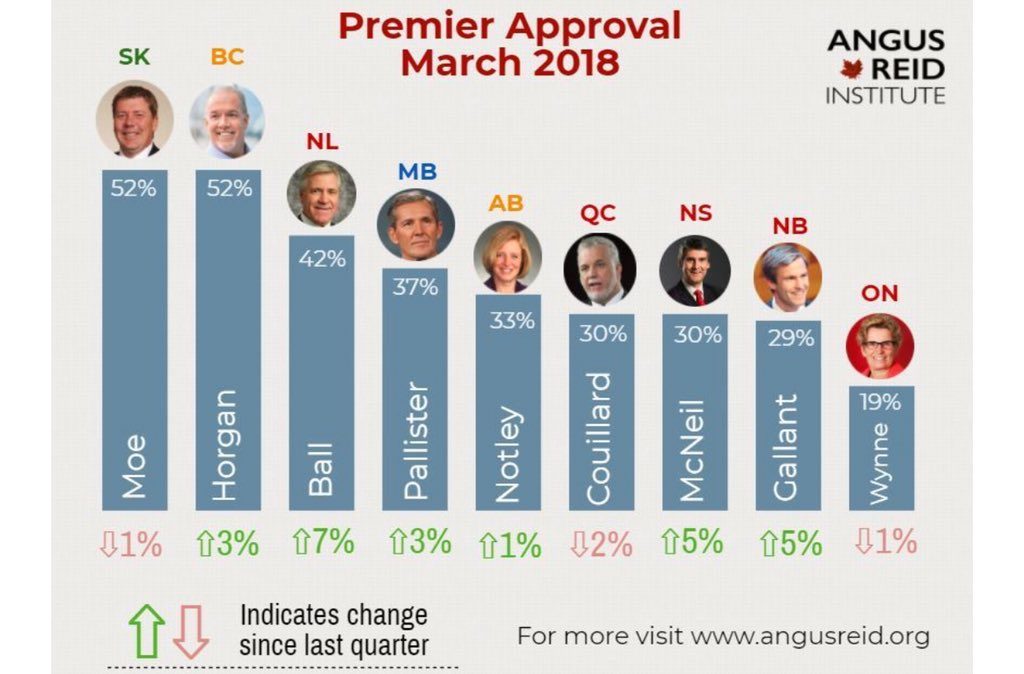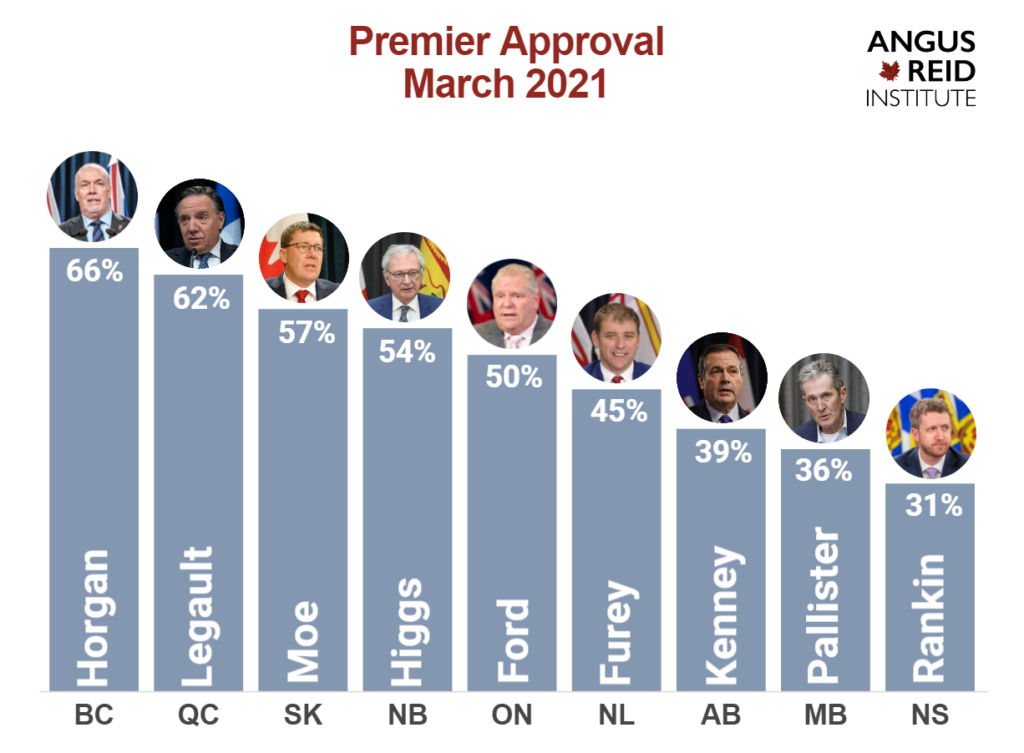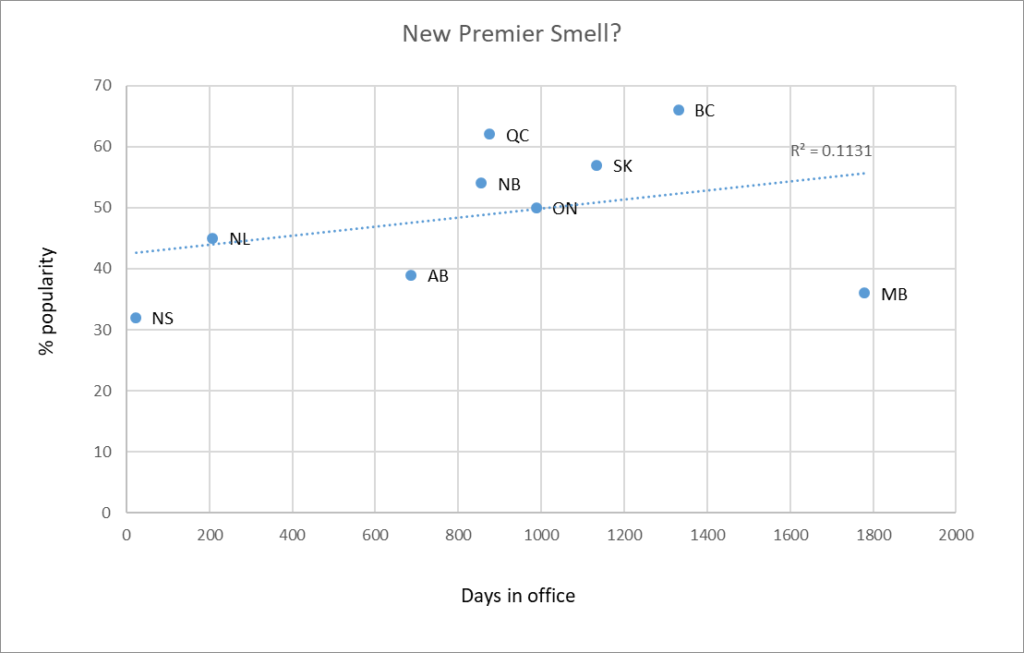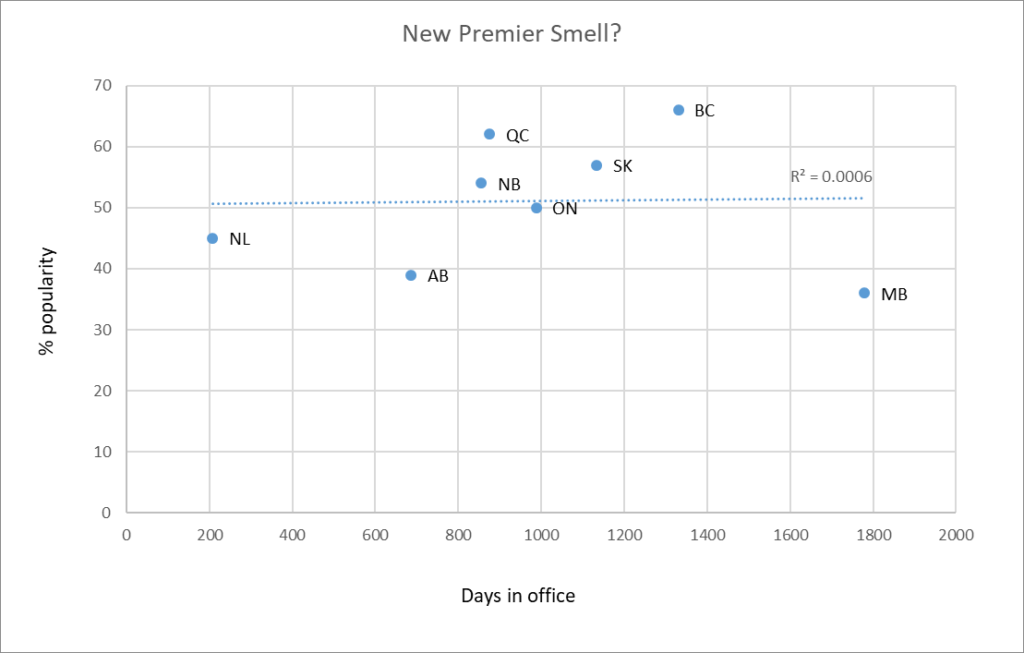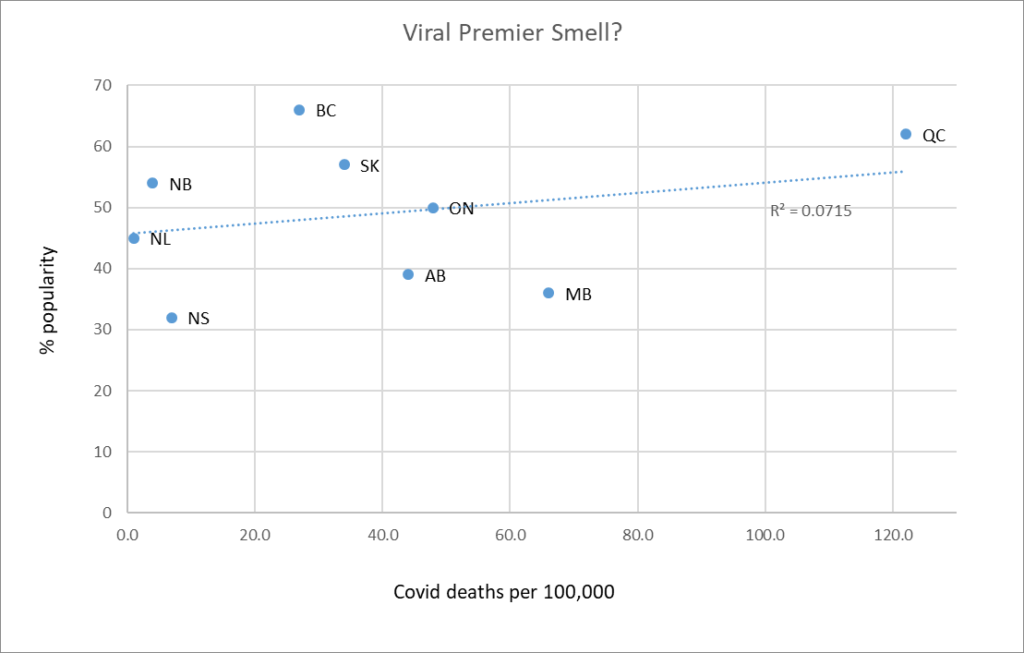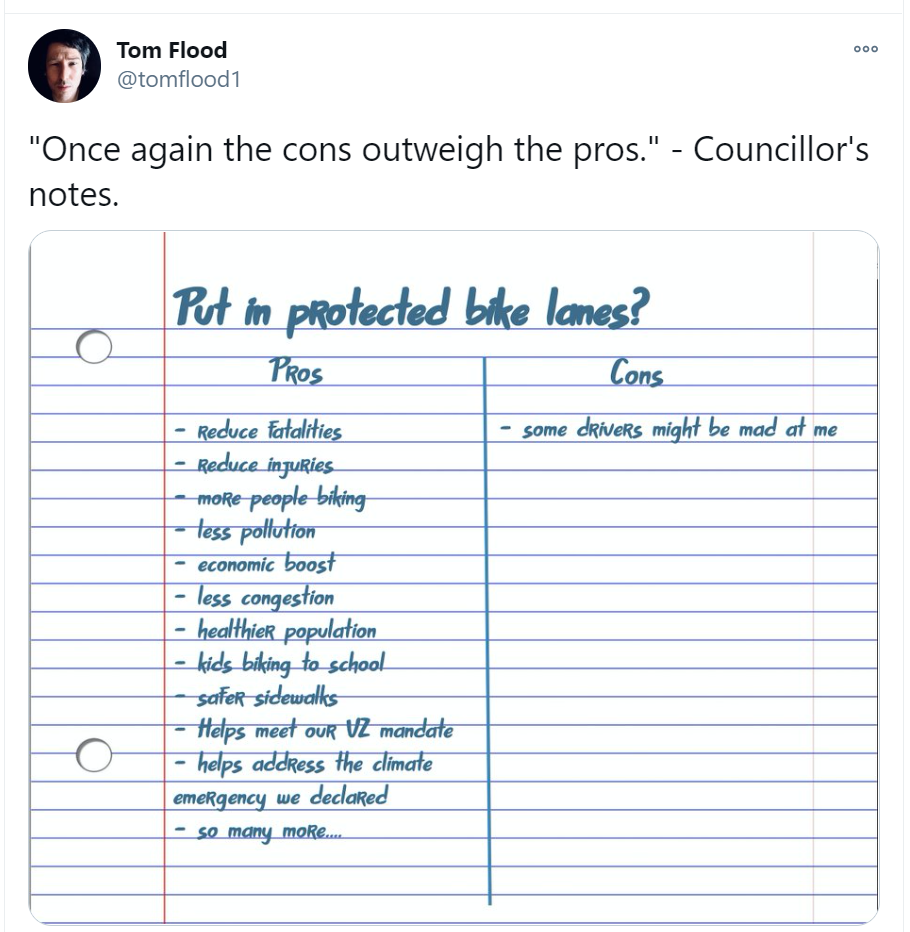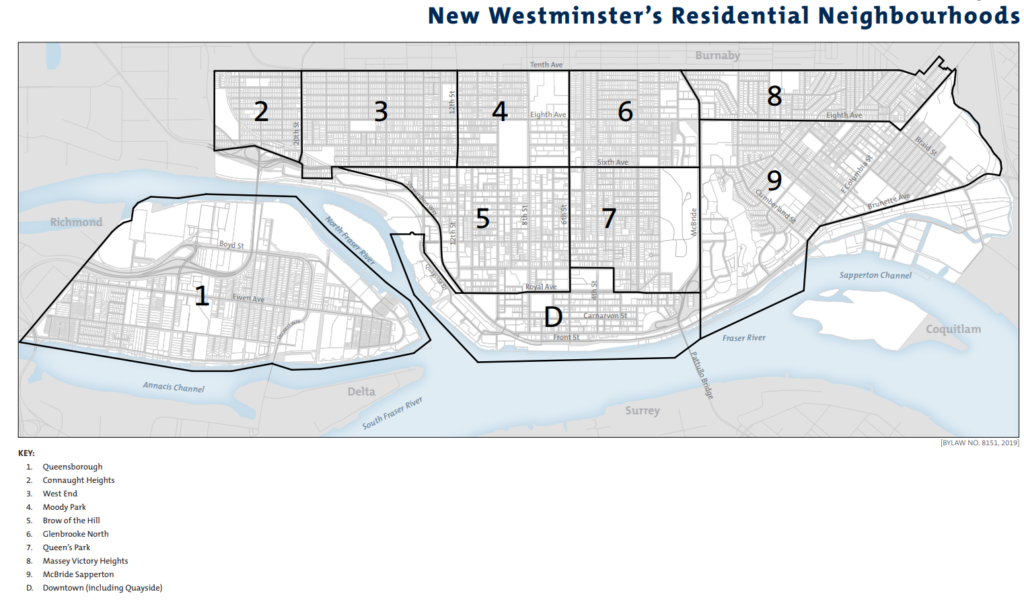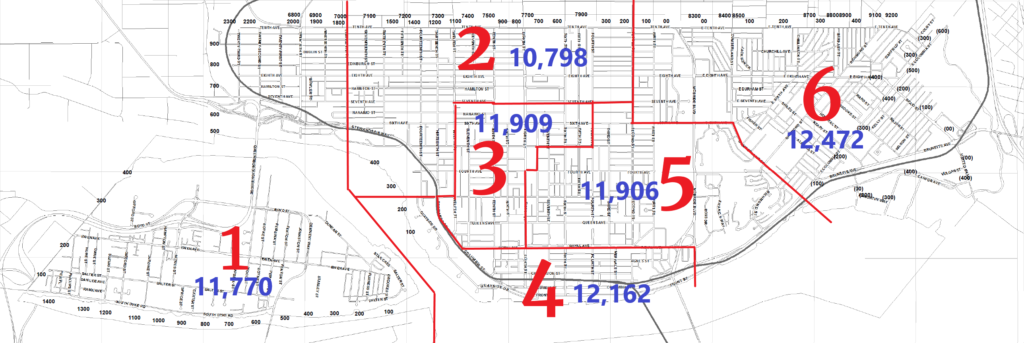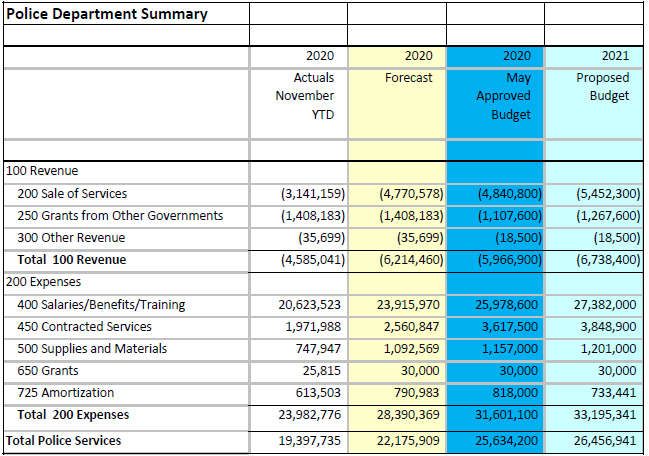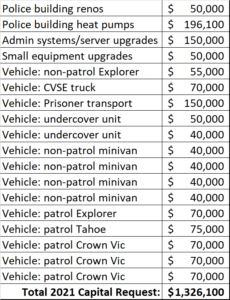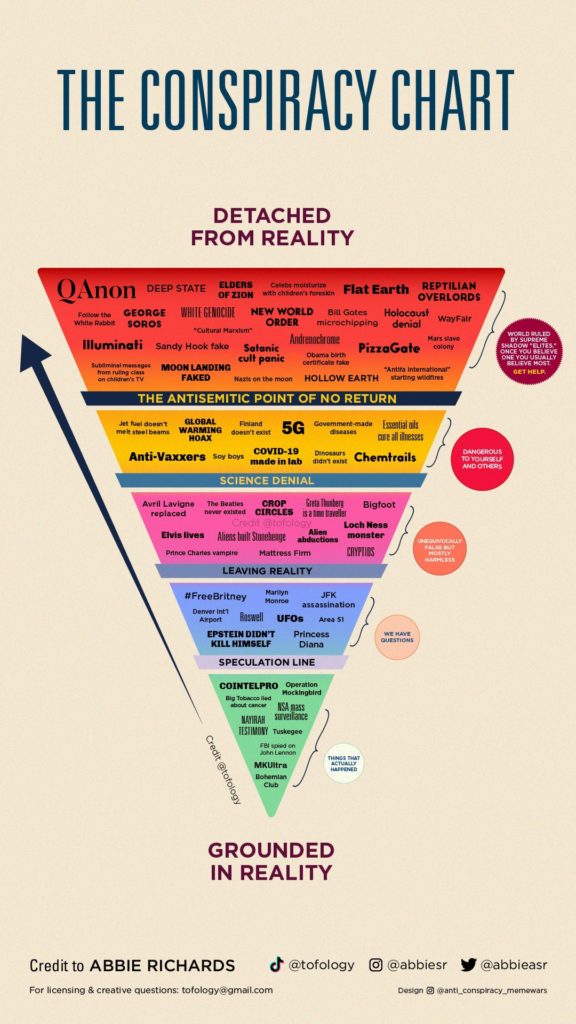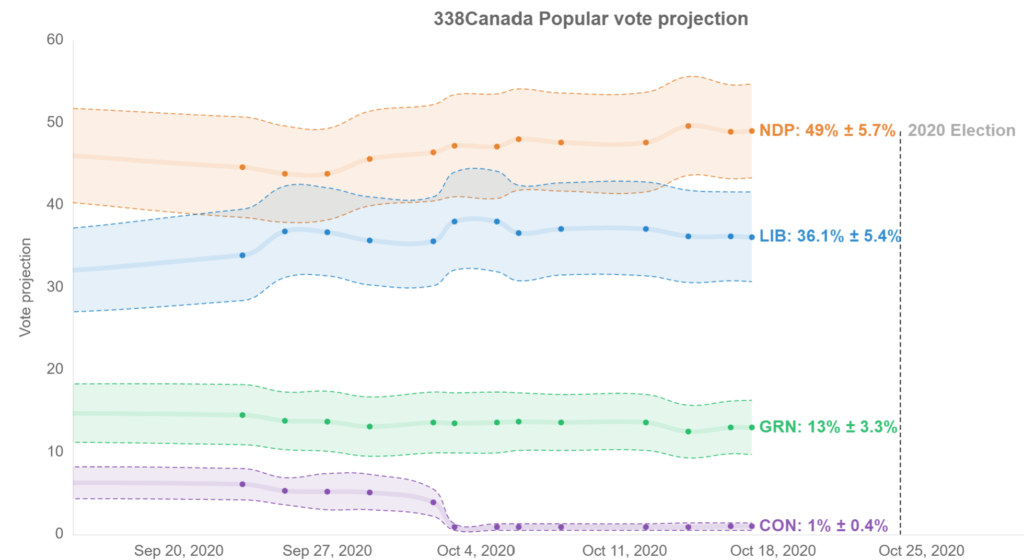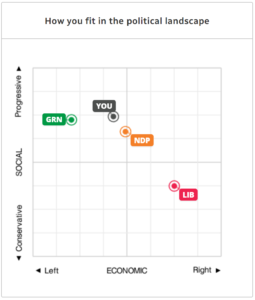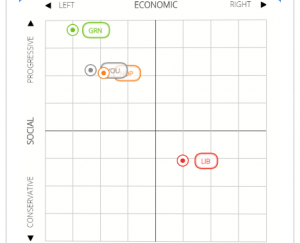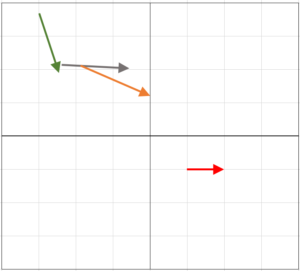JL asked—
Are you aware of a blog similar to the one you run but focused on the city of Richmond?
I have grown to love New West in my 5 years here and am sad to leave. I really want to let you know how much I appreciate the time you take to write these entries on the council meetings and topics related to the City of New Westminster. They are very informative and make me feel more connected the city. Frankly, I think a monthly (bi-weekly?) email newsletter similar to your blog would be an asset to the city’s residents.
In short, no. I don’t know anyone in Richmond doing this. Actually, I don’t know very many City Councillors doing stuff like this, which makes me wonder why I am doing it, to be honest.
I love that there are a few Councillors more actively engaging the public in interesting ways. Nathan Pachal in Langley City has a more concise blog than mine covering what happens on his Council, Mathew Bond in North Vancouver District (@mrmathewbond) has been live-tweeting Public Hearings to enlightening effect. There are some real Local Government stars like Christine Boyle in Vancouver who blogs and uses other media to tell the stories of Council work and of her vision for bigger change, but I see nothing of the sort in Richmond. A few blogs that were very active in the months before election, and silent since, seems the trend. There are likely a few more active Facebook pages, but not much else.
In my experience (disclosure: I used to work in Richmond City Hall) Richmond is a strange place politically. Where else can a candidate can run for the Conservatives in opposition to oil & gas development in one race, be endorsed by an NDP candidate in another, then after a half dozen tries, be elected when running on a slate with a Green Candidate? With the public generally disengaged in local politics (aside from the Steveston neighbourhood preservation activists and a few very tight ethnic- and religious<-based cliques), and a pretty popular and non-controversial Mayor, it was really hard to know where the public was on issues. So, maybe once you get there, you can figure it out and report out to us?
That is kinda how this all started for me here. It was back in the heady days of the 2000s when everybody had a blog. I was blogging on other stuff around my environmental activism and loving my adopted community of New West. A brief period of time between when Letters to the Editor and Calling into Your Local AM Radio Station were replaced by Facebook comment threads and Podcasts, the blog was a medium where anyone with an opinion could start a conversation with people they had never met. I do cringe a bit in reading some of my early stuff, because I really didn’t know how the City worked (I sort of still don’t, but I’m getting better). The upside is I actually earned a great network of friends in New West though this thing.
I told the story here before, but my inspiration was actually Jordan Bateman. Before he became and anti-tax Reaganite crusader for Economic Freedom™, he was a tax-and-spend City Councillor like the rest of us. Even during his spendthrift Councillor days, he was still much further over to the right side of the political spectrum than I, but I did admire his blogging prowess. While serving on Langley Township Council he did something akin to what I am doing now, reporting out on the activities of Council. You didn’t have to agree with him politically to appreciate that he at least provided justification for his positions, which to me is the most honest way to approach this work.
Eventually, Jordan flew too close to the sun. One day he used his blog to publicly criticize his own BC Liberal Party (he worked for Rich Coleman) over their inconsistency on the HST issue, and within a few days was forced (chose?) to print a retraction and apology, one that was weirdly unclear about what he was apologizing for, other than making Finance Minister Colin Hansen look bad for pointing out that the Finance Minister looked bad. Shortly after that, Jordan’s blogging days (and apparent political ascendency in Langley) were over.
I have completely failed to take the obvious lesson from that. After a few years of blogging and becoming increasingly political in New West, I threw my hat into the ring for Council. At the time, a few people suggested the blog thing was going to be a political liability, but I swore I was going to keep doing it. I am perhaps naïve enough to think that in the local politics realm, people value honesty and transparency, and the risk of pissing people off who don’t agree with you on political points is by far offset by the trust-building of being open and honest.
I don’t know about all of the discourse that happened out there in the community during the last municipal election, but there was at least one candidate for Council who tried to leverage a few cherry-picked quotes out of my blog to campaign against me. Not having deleted any of my old posts, it was easy enough for me when challenged on what I said to point at the cherry picked posts and “here is where I am transparent, and here is where my opponent is being disingenuous”. It didn’t help that the opponent was himself a municipal affairs blogger who deleted all of his old blog posts before running – which somewhat undermined his claims about transparency and openness. Anyway, the upshot of that funny situation was that I got a lot of positive feedback from people I didn’t even know read my blog, and I’d bet a few voters were made aware of my blog via my opponent’s campaign and turned out to vote for me thanks to it.
However, we can still learn from Jordan’s Icarian moment to remember politics don’t happen within a bubble. Before being elected, I was pretty critical of the Harper Conservatives because I am an environmental scientist and saw the damage he and his policies were doing to environmental science and the environment (Damage Mr. Trudeau is, alas, reluctant and slow to undo). I also became critical of the Christy Clark BC Liberal party as she steered the ship in strangely Harperian directions. I admired the work that Jack Layton did, and have a tonne of respect for Peter Julian and Judy Darcy, and have written about this in my blog. I have even made clear my voting intent in previous provincial and federal elections. That has not, however, stopped me from being critical of the NDP at times (I still think they are 100% wrong and cynical on the topic of road pricing, for example). I have even provided firmly-worded suggestions to how they could do better when I feel like they deserve to hear it. The only evidence I ever got that they were listening is once when I was writing about the flaws in the Public Hearing process when applied to critically needed supportive housing, I get a note from (then Minister for Local Government) Selena Robinson letting me know she read it, she heard me, and was aware of the issue. I think some of the temporary changes made during COVID reflect these concerns, and I hope post-COVID we can keep some of these changes.
Anyway, I am aware that the comments my electoral opponent pulled out a few years ago that were not complimentary to the NDP or the swear words that Stephen Harper sometimes drew out of me are probably career limiting if I aspired towards senior government, so I’m not sure why anyone else elected to public service would do this, and in a way understand why so many City Councillor blogs go silent shortly after they are elected.
Problem is, I’m stuck now. After 6 years in office and 500+ blog posts (on top of the 450+ posts I wrote before getting elected) I can’t quit now. I got elected saying I was going to keep blogging about things in the City, and here I am, until the internet goes away or I get booted from office. To be honest it is getting to be a bit of a timesuck of questionable value, as unfortunately people simply don’t engage in blogs like they used to (see how few comments I get compared to the old days), and long Council Agendas, even when reduced down to 4,000-word blog posts, don’t fit the culture of Facebook (or, shudder, Reddit). So, it is good to hear someone reads them, and I’m not just shouting into the void.
This speaks to another problem that I don’t pretend my Blog can solve, and that is the trend towards lost accountability in local government. With the hollowing out of local newspaper newsrooms and the consolidation of news media, we have very little coverage of the day-to-day workings of City Hall. A single reporter in New West with a much wider beat than City Council cannot keep up with the wide range of issues we are dealing with. New West is actually lucky to still have that reporter – many Cities are going without. It is hard to keep track of what is happening locally, and blogs (or, it being 2020, Podcasts) are not the answer, especially when they are written by people like me who necessarily have a bias and do not have the training or professional responsibility to manage that bias like we expect (perhaps idealistically) from capital-J Journalism.
So good luck in Richmond. Support your local newspaper. Start a blog, or a podcast, or your own newsletter. Let us know what’s happening over there. I worked there for 8 years, and was never able to figure it out.
